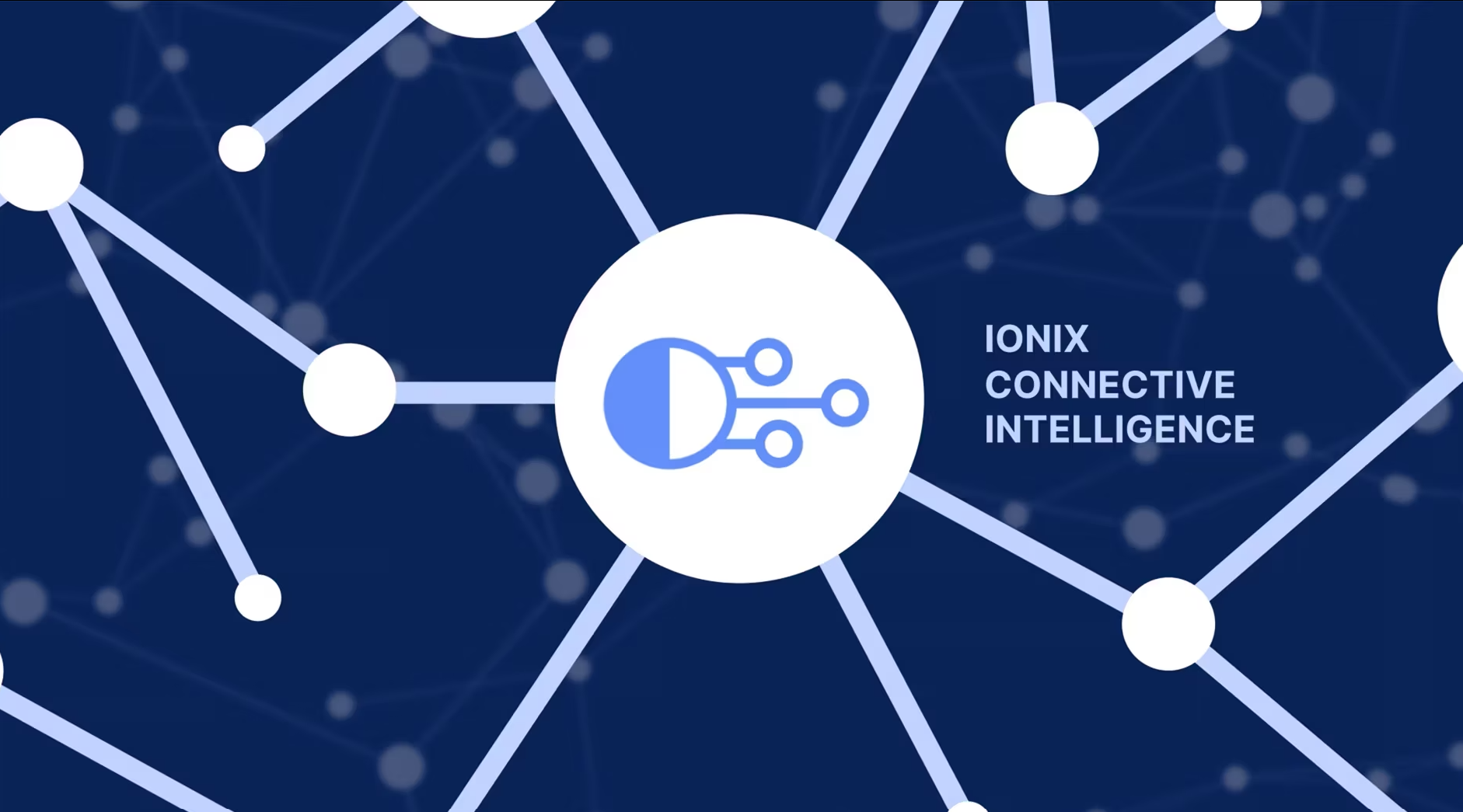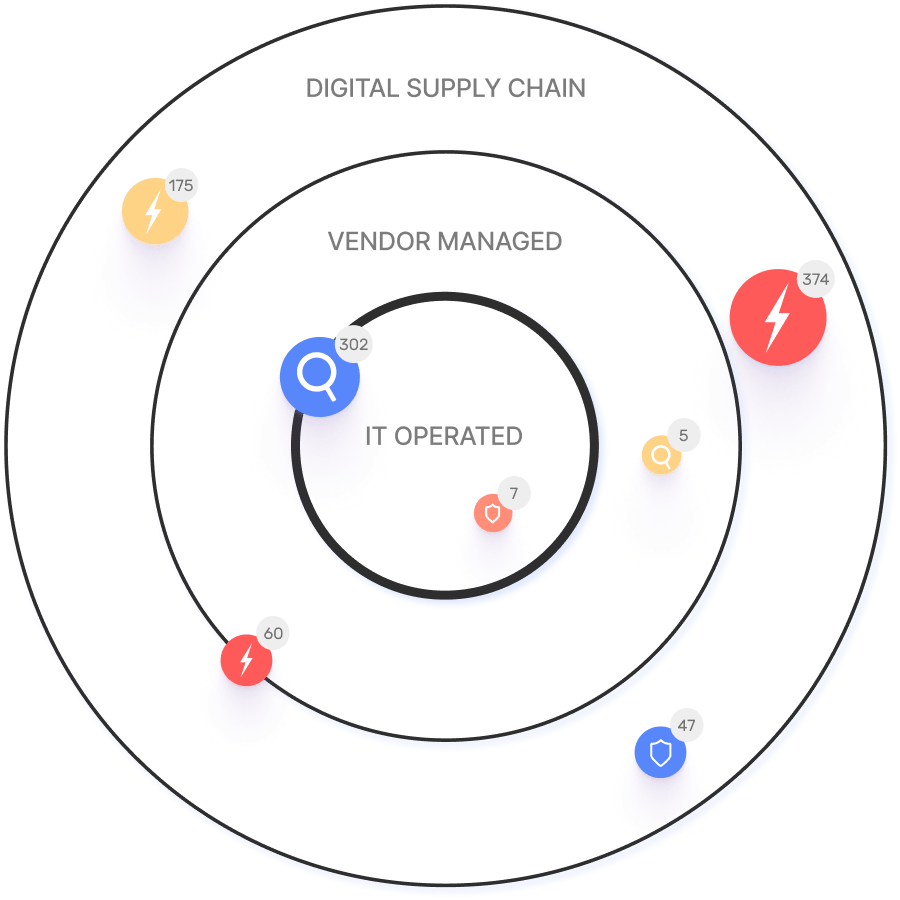U.S. Retailers: How a Grinch Will Steal Your Holiday This Year

On top of a challenging economic year, retailers, e-tailers, and their customers face a growing threat this holiday season: the rise in cyberattacks. While businesses have lived with this threat ever since the birth of online sales, this season will be different for several reasons.Fortunately, this is the challenge that Cyberpion answers with ease. We provide external attack surface visibility and mapping of third party connections, as well as constant risk assessment of these connections.
Our cursory scans of the Top 30 U.S. Retailer’s external attack surfaces revealed that nearly 83% have a potential attack surface vulnerability that could lead to a cybersecurity breach. The following is what we discovered in our research about these organizations as we are in the middle of the all-important holiday shopping season.




